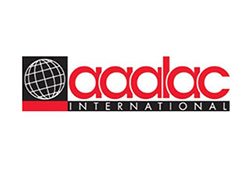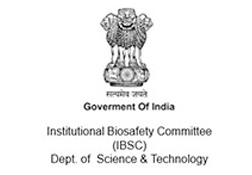Ensuring Safety and Compliance: Navigating the ISO 10993-10 Standard for Medical Device Irritation and Sensitization Testing
Introduction :
ISO 10993-10 is a standard that outlines the procedures for testing the irritation potential of materials in contact with the skin. The specific test described in ISO 10993-10 is the Skin Irritation Test.
The primary objective of the skin irritation test is to assess the potential of a medical device or material to cause irritation when in contact with the skin.
This set of standards is pivotal in guiding manufacturers through the process of testing and ensuring that medical devices are safe for use.

What is ISO 10993-10?
ISO 10993-10 represents a detailed methodology for conducting skin irritation tests. These tests are essential for determining whether a medical device or the materials it contains have the ability or could cause irritation, including redness, swelling, or other adverse effects upon contact with the skin. This standard is versatile enough to accommodate a wide variety of materials and device types, from surgical implants to external monitoring.
Here are some key benefits of adhering to this standard for skin irritation testing:
1. Enhanced Patient Safety
Minimizes Risk of Adverse Reactions: By identifying materials that could cause skin irritation, manufacturers can avoid their use in medical devices, significantly reducing the risk of adverse reactions in patients.
Ensures Biocompatibility: Through rigorous medical device testing , the standard ensures that only materials compatible with human skin are used, enhancing the overall safety of medical devices.
2. Cost and Efficiency Improvements:
Reduces Development Costs: Identifying potential issues with materials early in the development process can save manufacturers significant costs associated with late-stage failures or redesigns.
Speeds Time to Market: Streamlined testing and regulatory processes can lead to faster product development cycles, enabling quicker time to market for new and innovative medical devices.
3. Risk Management and Quality Assurance:
Improves Risk Management: Comprehensive testing and documentation requirements help manufacturers identify and mitigate potential risks associated with skin irritation, contributing to better overall risk management strategies.
Enhances Quality Assurance: Adherence to ISO 10993-10 is a mark of quality, demonstrating that a medical device has undergone thorough testing to ensure its safety and efficacy.
key aspects of this test according to ISO 10993-10:
1. Test Methods:
ISO 10993-10 provides guidance on both in vivo and in vitro screening methods for conducting skin irritation tests. In vivo methods typically involve animal testing, while in vitro methods may include tissue culture or reconstructed human epidermis models.
2. Animal Model:
The in vivo test often uses an animal model, such as rabbits, where the material or device is applied to the skin, and the skin reactions are observed.
3. Test Material Application:
The standard specifies the procedures for applying the test material to the skin. This may involve direct application or the use of a patch.
4. Observation Period:
The standard defines the observation period during which skin reactions are monitored. Typically, observations are made at various time points after application.
5. Evaluation Parameters:
ISO 10993-10 outlines criteria for evaluating skin reactions, including erythema (redness), edema (swelling), and other signs of irritation. The severity and duration of these reactions are considered for classification.
6. Scoring System:
The standard may include a scoring system to quantitatively assess the degree of irritation. Scoring helps in standardizing the evaluation process.
7. Control Groups:
The use of control groups, including negative (non-irritating) and positive (irritating) controls, is often recommended to validate the test results.
8. Data Analysis:
Guidelines for analyzing and documenting the data are provided to ensure a systematic and comprehensive assessment of the skin irritation test.
9. Classification:
Based on the observed reactions, the test material is classified as non-irritating, mildly irritating, moderately irritating, or severely irritating.
10. Documentation:
Comprehensive documentation of the test methods, results, and conclusions is crucial for regulatory submissions and compliance with ISO 10993-10.
Regulatory Compliance:
ISO 10993-10 is widely recognized and referenced by regulatory authorities, such as the U.S. Food and Drug Administration (FDA) and the European Medicines Agency (EMA), for the biological evaluation of medical devices.
Considerations:
There is an increasing emphasis on using alternative methods, such as in vitro models, to reduce reliance on animal testing. Manufacturers should consider the use of validated alternatives while adhering to regulatory requirements.
Conclusion
ISO 10993-10 provides a standardized approach for conducting skin irritation tests on medical devices, ensuring the safety of materials in contact with the skin. Manufacturers should follow the guidelines outlined in the standard and consider advancements in alternative testing methods to comply with regulatory requirements.




